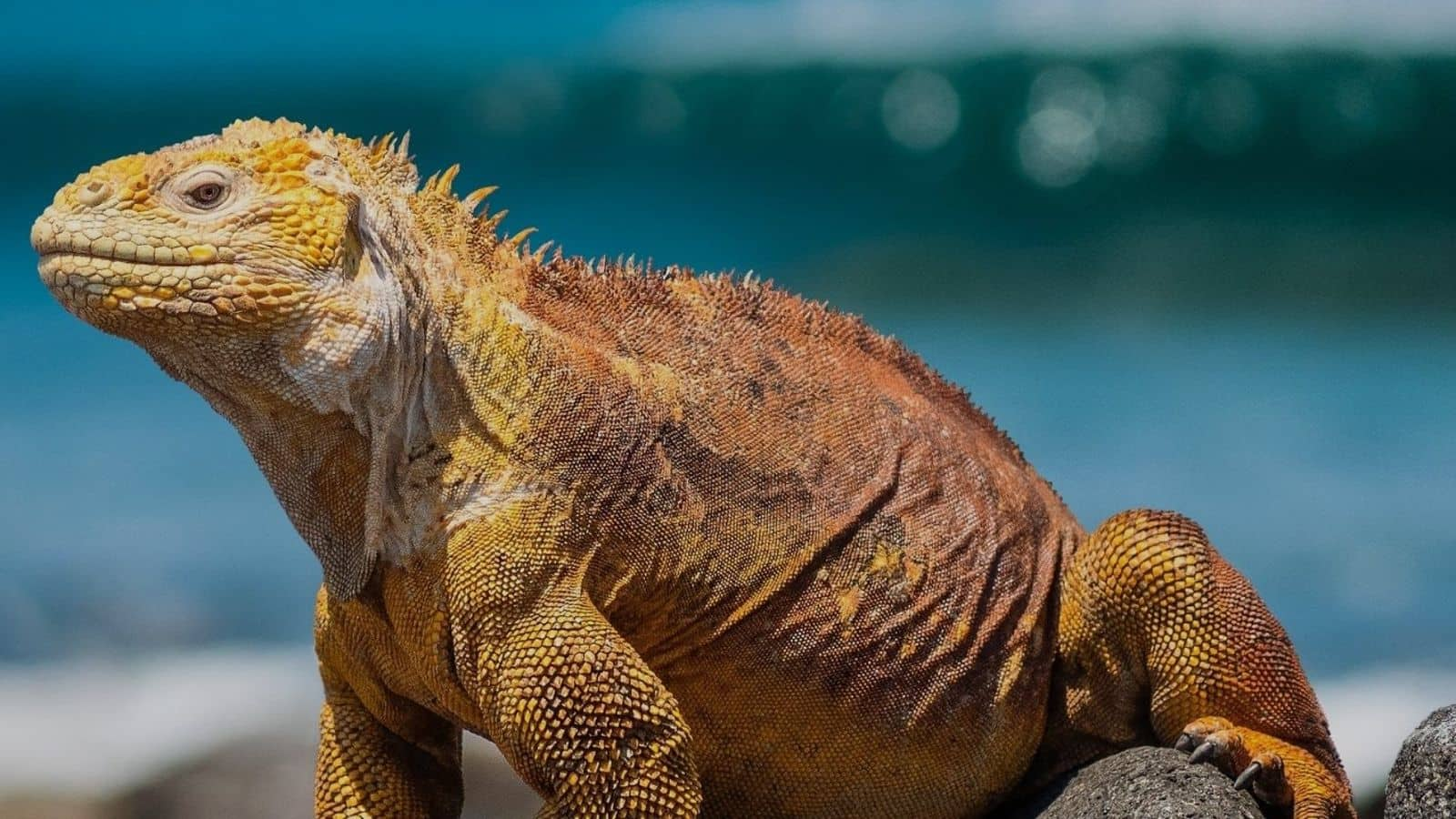
Explore exotic wildlife at the Galapagos Islands
What's the story
The Galapagos Islands stand as a testament to nature's wonder, showcasing a diverse array of wildlife that is unparalleled globally. With each passing season, the islands transform, offering visitors fresh experiences as different species undergo their life cycles. It's a place where any month can turn into an extraordinary adventure for those who come to witness the natural world in motion.
Bird season
Best time for birdwatching
Bird watchers should target the cool-dry season from June to November for an optimal visit. This is when the Galapagos albatross partakes in its mating rituals, and blue-footed boobies perform their courtship dance. Witnessing these birds in their natural environment offers a glimpse into the island's unique wildlife behaviors, making it an unforgettable experience for nature enthusiasts.
Marine life
Witness the sea life bloom
For enthusiasts of marine life, the period from December to May is ideal. During these months, the Galapagos waters warm up, drawing in a rich variety of sea turtles, rays, and vibrant fish. It's also when sea lions are breeding. This season offers a unique opportunity for snorkelers to immerse themselves in the underwater spectacle and swim with the energetic sea lion pups.
Reptile rhythms
Land creatures' showcase
From January to April, the Galapagos Islands brim with reptilian activity. In the highlands, giant tortoises partake in the vital task of laying eggs, while on the beaches, iguanas meticulously build their nests. These months present a special chance to observe these venerable creatures as they dutifully follow their long-established reproductive paths, offering a glimpse into their persistent survival on these enchanting islands.
Low season
Avoiding peak crowds
The best times for those wishing to avoid crowds in the Galapagos are late April to early June and late September to early November. These low seasons mean significantly fewer visitors, offering a chance for more personal wildlife encounters. Traveling during these periods ensures a quieter experience, allowing for undisturbed observation and interaction with the islands' natural splendors.
Off times
When not to visit
Although the Galapagos Islands are a year-round wildlife haven, mid-December to January and Easter periods see a surge in tourism. Holidays bring crowds, which can lead to less personal wildlife experiences and higher expenses. During these peak times, the increased number of visitors may overwhelm the otherwise tranquil environment, impacting the quality of your visit and escalating costs for travel and accommodation.